
Credit: Pinterest
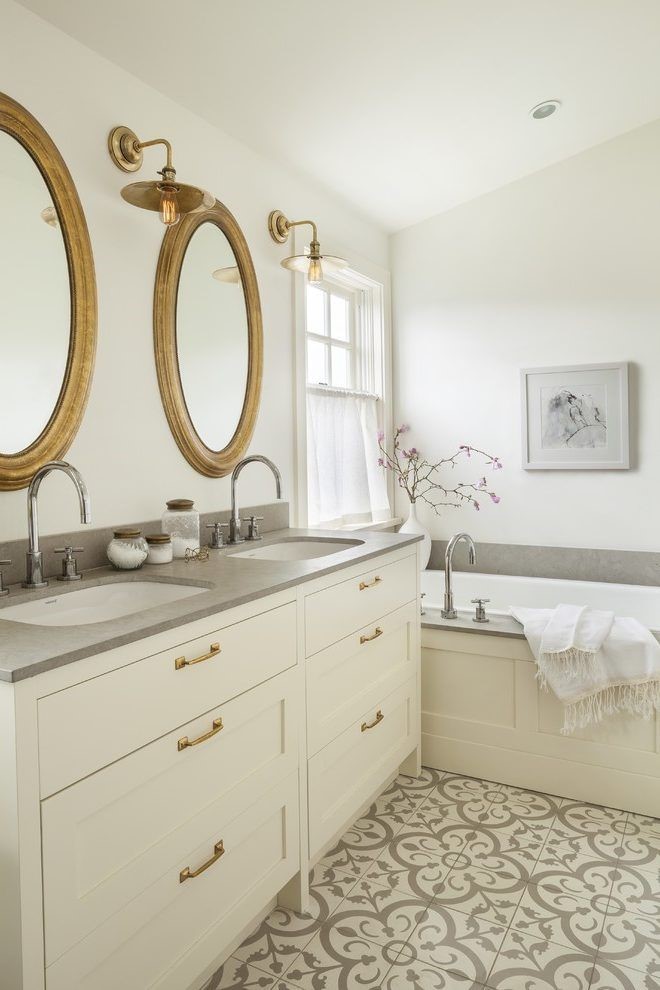
Credit: Pinterest
Kitchens and baths are the two most-used parts of every home, yet they are the least aesthetic rooms. While everyone tries to create matchy-matchy aesthetics in their living rooms and bedrooms, hardly anyone pays attention to kitchens and baths, but with this article, we are sharing you can mix and coordinate the metals to elevate the personality of the space!
Check Out Other Rooms
Ranging from light fixtures to faucets, showerheads, and cabinet hardware, make sure that you mix and match the metal to create a coordinating look. In simpler words, you have to connect bathrooms and kitchens by using similar metal fixtures and it will create a perfect sense of cohesion.
Coordinate The Non-Metal Finish
Be it the bath or kitchen, both of them must communicate the unique appeal and vision, and it’s needless to say that metal fixtures are only one part of the puzzle. For this reason, you need to consider how their style, tone, and texture interact with floor finish, wall, countertop, and cabinetry. For instance, a gold faucet looks amazing with reclaimed wood, while sleek faucets enhance the appeal of white tiles.
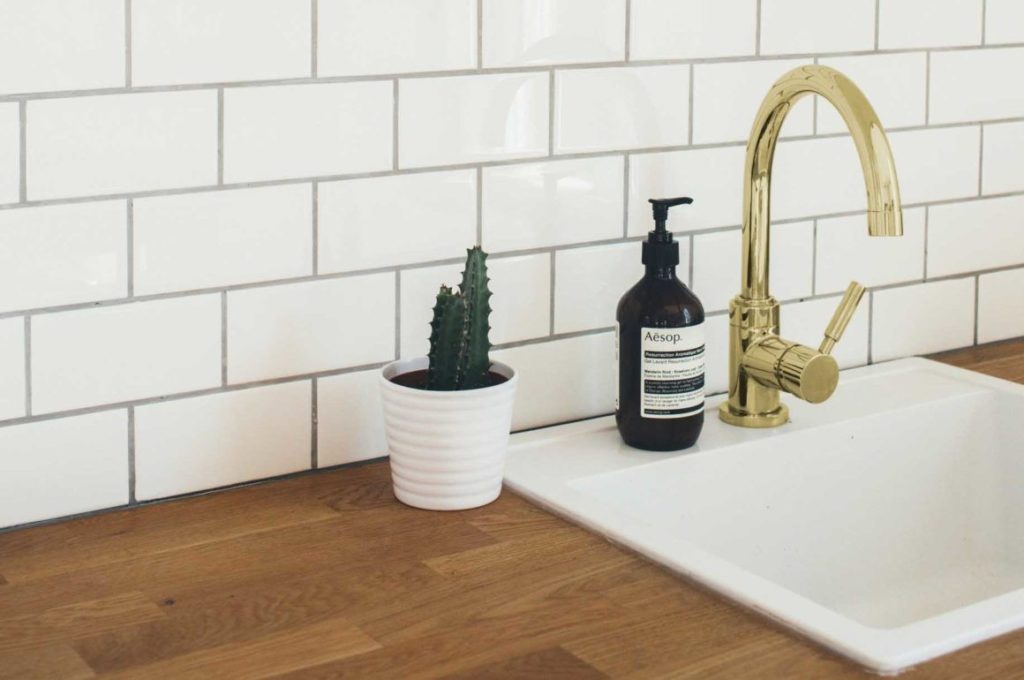
It wouldn’t be wrong to say that a metal finish can take out the desirable hues in every natural surface, including granite and marble. As far as the color palette is concerned, opt for monotones and neutrals tones to make sure nothing looks overloaded.
Don’t Mix & Match Too Many Metals
It might seem like mixing metals in the bath and kitchen is different, but it’s the same as selecting the color scheme for the bedroom. In simpler words, the tones must complement each other rather creating competing aesthetics. When it comes down to managing different metal finishes, it’s best to stick to two as beginners. Start by choosing a primary finish for 2/3rd of the fixtures, and for the remaining third, add a second metal finish.
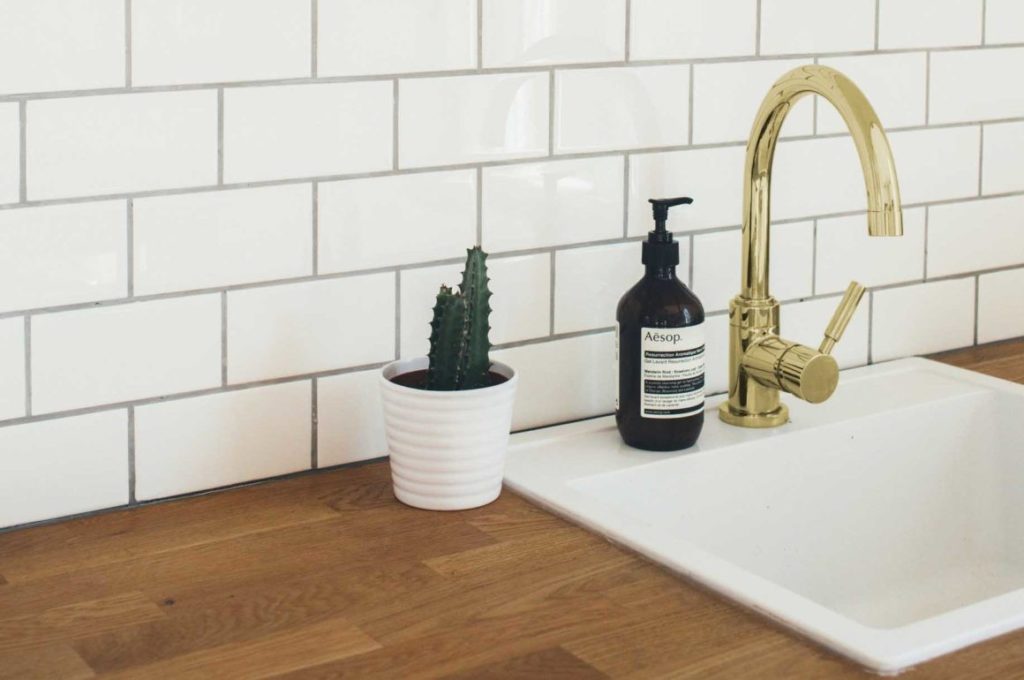
Credit: Pinterest
Add A Cool Base
Metals either have warm hues or cool hues, depending on the undertones. The cool metals are nickel, pewter, chrome, and stainless steel, and they complement the neutral and classic hues. These hues add a timeless aesthetic, so choose them as the primary base for fixtures, particularly the ones that you’ve to use for a long time.
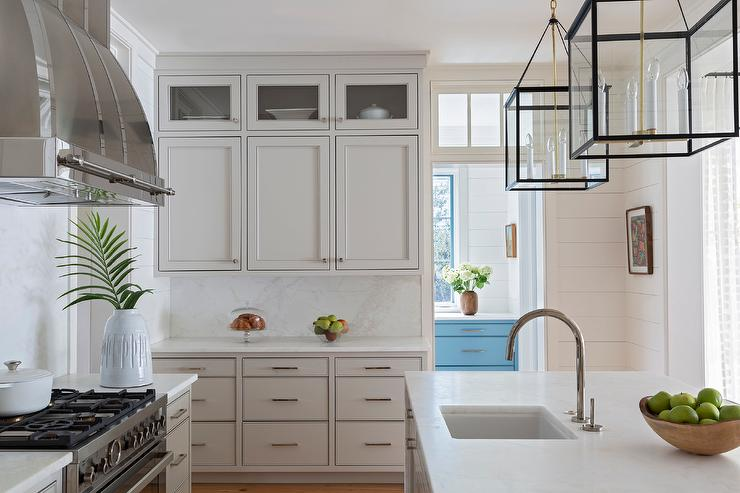
Credit: Pinterest
Add The Warm Base Accent
Sure, it’s all about creating a supporting role, but this warm base can be used for 1/3rd part of the metal fixtures in a room – it’s enough to add drama and dimension. The warm metals include bronze, brass, gold, and copper because they match the cooler hues pretty well.
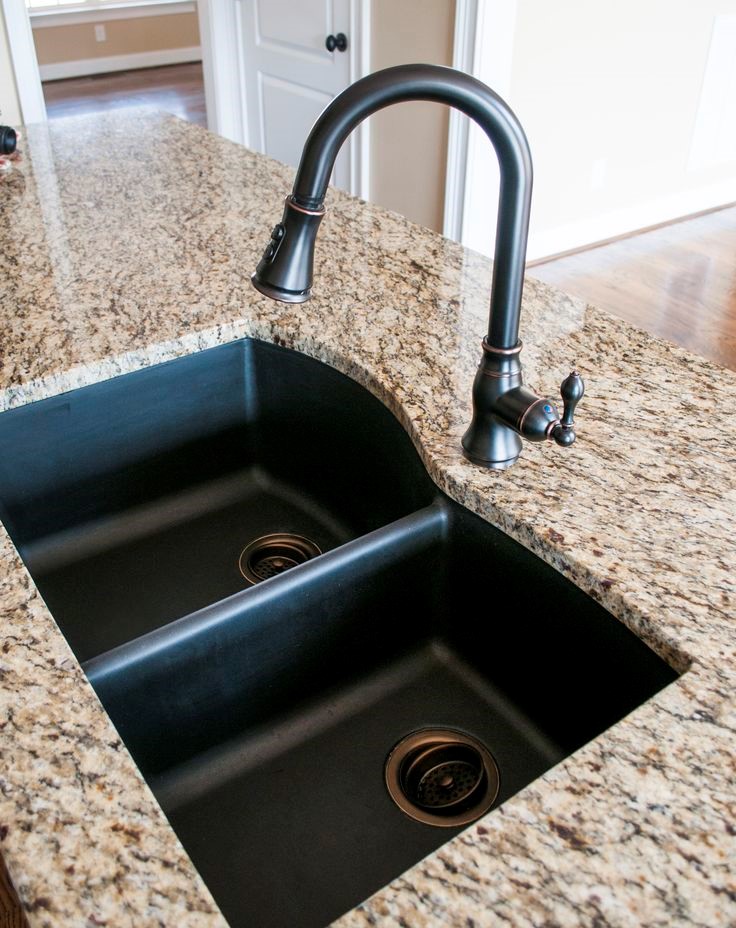
Be the first to comment